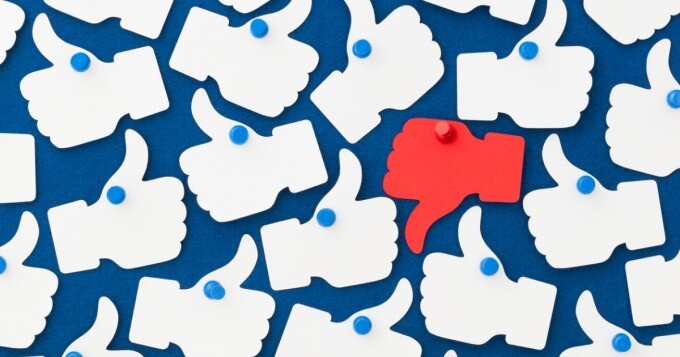Facebook is in trouble.
While Facebook is certainly no stranger to controversy, this time feels different. As the stalwart social media platform continues to deal with the fallout from the Cambridge Analytica scandal, the hashtag, #DeleteFacebook has gained steam, prompting many to reexamine the role that social media plays in their lives (this author included––last week I deleted the Facebook app from my phone).
But what does this mean for brands?
The simple answer is that the short-term implications for most brands are likely to be minimal (deleting Facebook is a more difficult proposition than it may seem given that many use their profile to log into other services and websites, as well as a repository for photos and life events that are either difficult or impossible to back up elsewhere).
Long-term, however, this is a trend that bears monitoring. Despite weathering many smaller scandals throughout its history, this is probably the first occasion that scandal has resulted in wholesale (and public) behavior change.
Which is why, in many ways, it feels time to reexamine the role Facebook plays not only in our personal lives but in our marketing efforts as well.
As I was getting started in the social space roughly ten years ago, the predominant questions my clients had were often ones of resource investment and strategic prioritization––how much should social media channels be in the mix? Should the priority be building audiences for owned assets or in establishing new outposts on third-party platforms? Which platforms did the brand belong on? How should social channels be staffed? How should they be measured?
At the time, the general consensus was to invest mostly in owned assets because the third-party platforms were unknown and often times unreliable (#FailWhale), and owned assets offered security, value to the enterprise, measurability and were fully integrated with other business systems and tools. Over the last few years, as the social platforms grew and developed highly sophisticated advertising programs, it felt that the pendulum had swung in the other direction and that brands were increasingly putting more emphasis on their social media outposts than their own properties.
In light of #DeleteFacebook, ongoing data security/privacy issues, and concerns with the negative health impacts of social media participation, we think it might be time to come full circle and revisit the same questions we asked a decade ago, only through a slightly different lens.
How much of the customer relationship does the brand want to own, and how much do they want to outsource to third-party platforms like Facebook and Twitter?
We're not advocating that brands give up on social media at this juncture (though Tesla, SpaceX, and Mozilla have given up on Facebook). There will likely always be a role for brands to play on social media; at least as long as the audiences are there and we can reach them effectively. But, it's probably time to take a hard look at the role that social media plays in the marketing mix and perhaps reprioritize brand owned assets like blogs, forums, corporate sites and other self-hosted community platforms.
In this scenario, the primary relationship with the customer (including data collection) takes place in environments the brand can fully control, and social media platforms become mechanisms for driving traffic to these assets, not as the self-functioning, semi-isolated and risk exposed customer islands that they are today.
